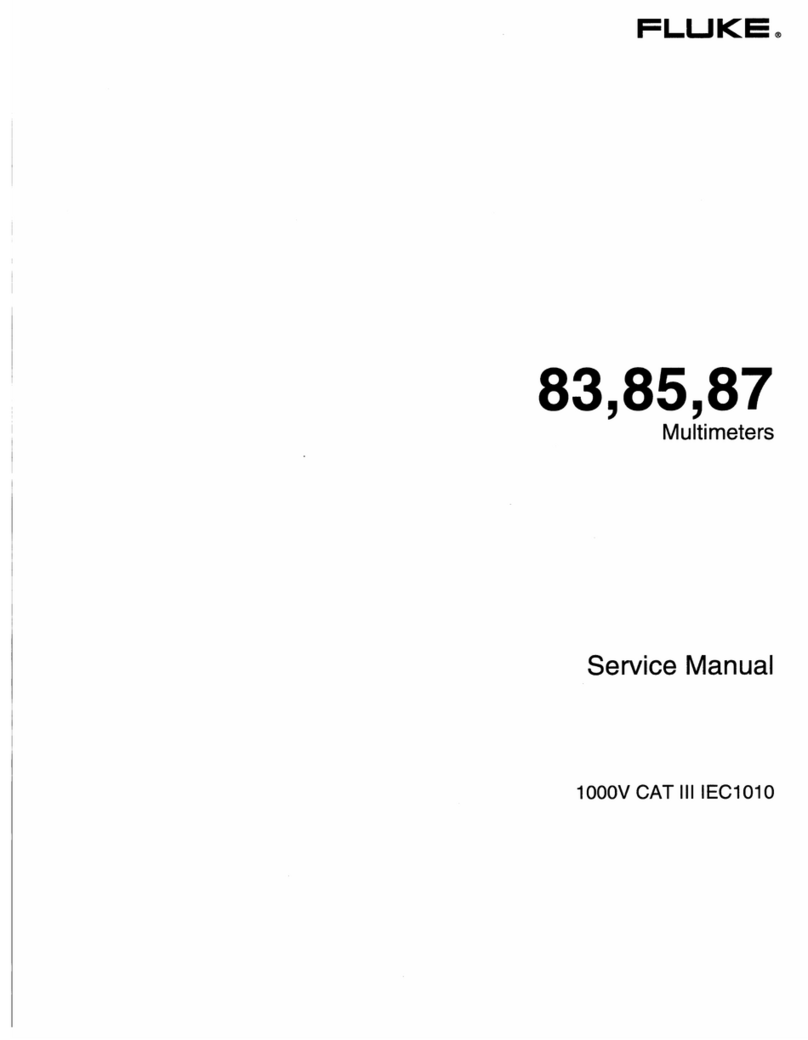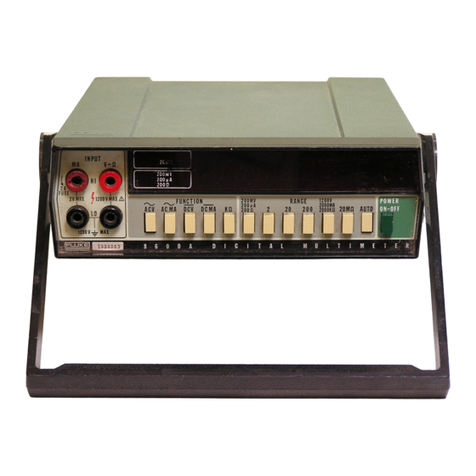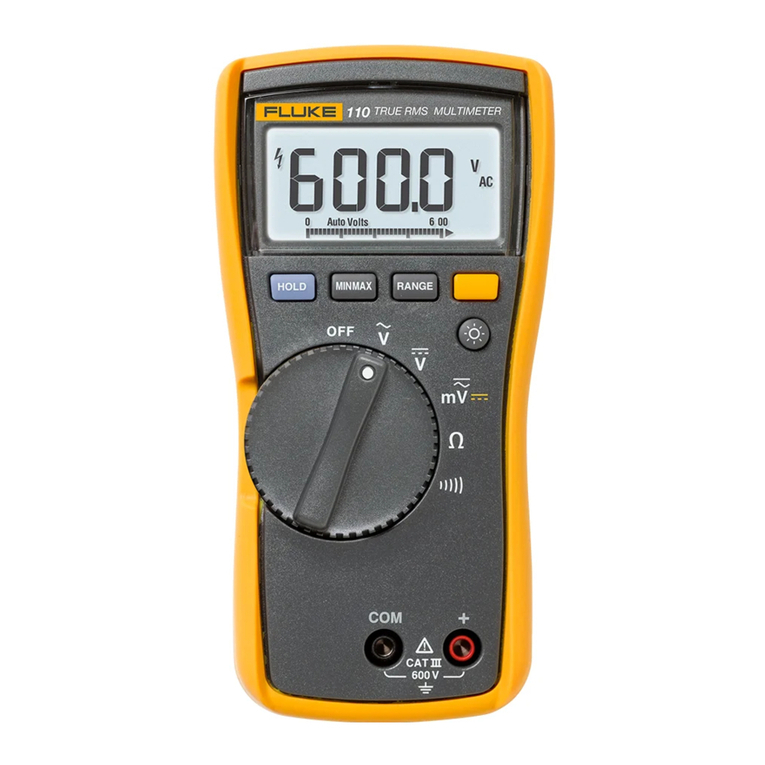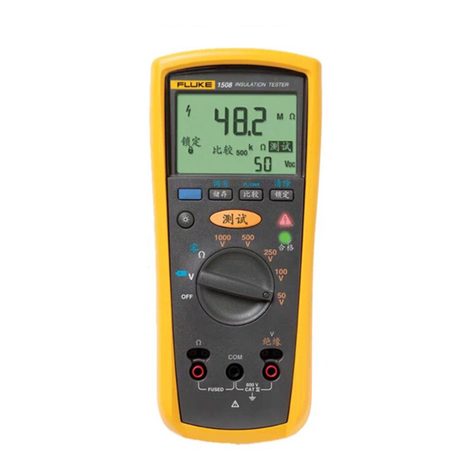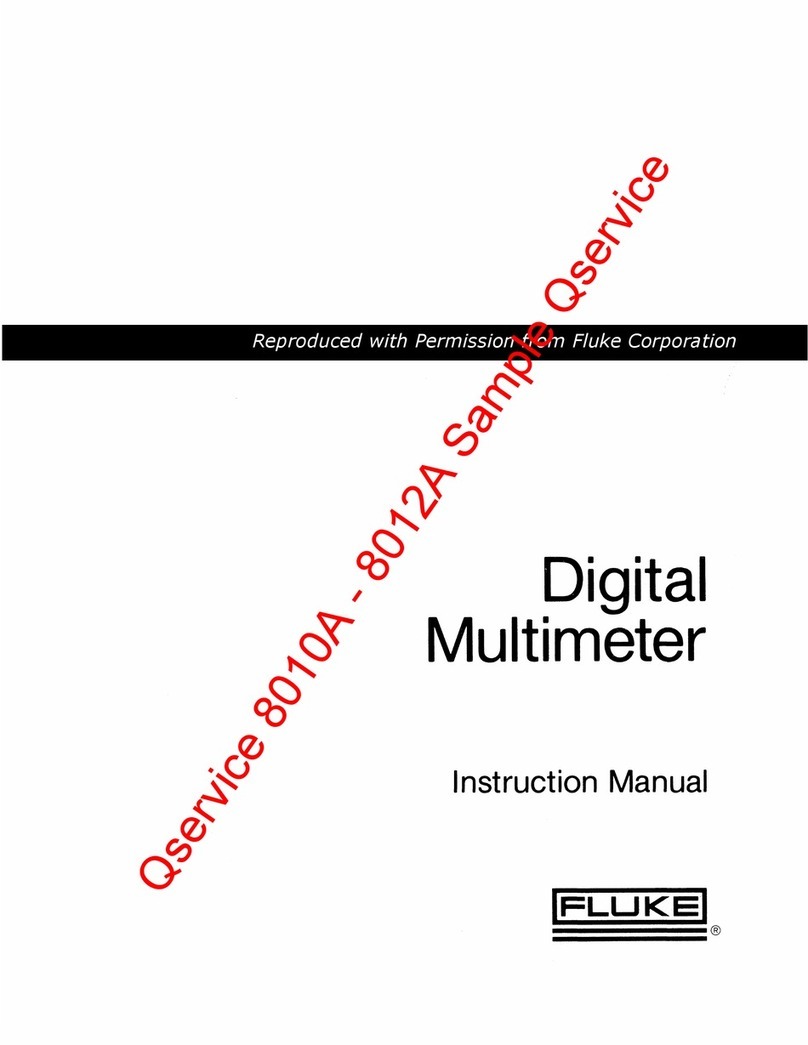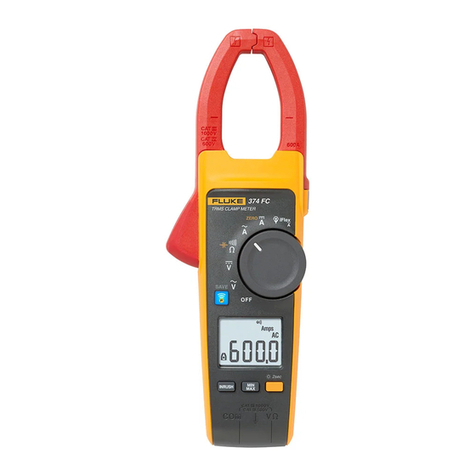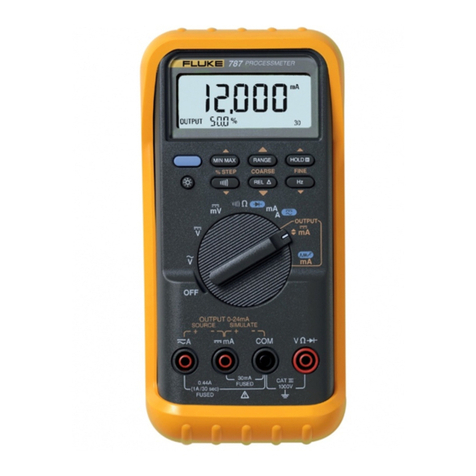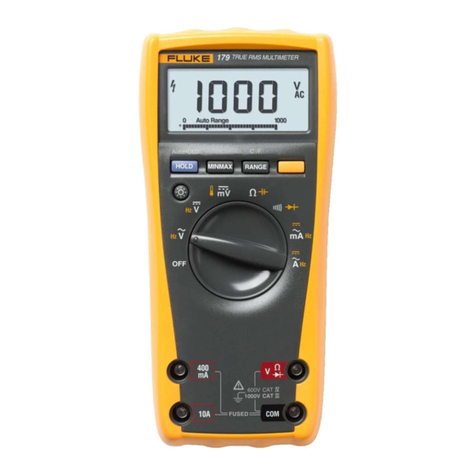Fluke 8010A User manual
Other Fluke Multimeter manuals

Fluke
Fluke 8588A User manual

Fluke
Fluke 27-II Use and care manual
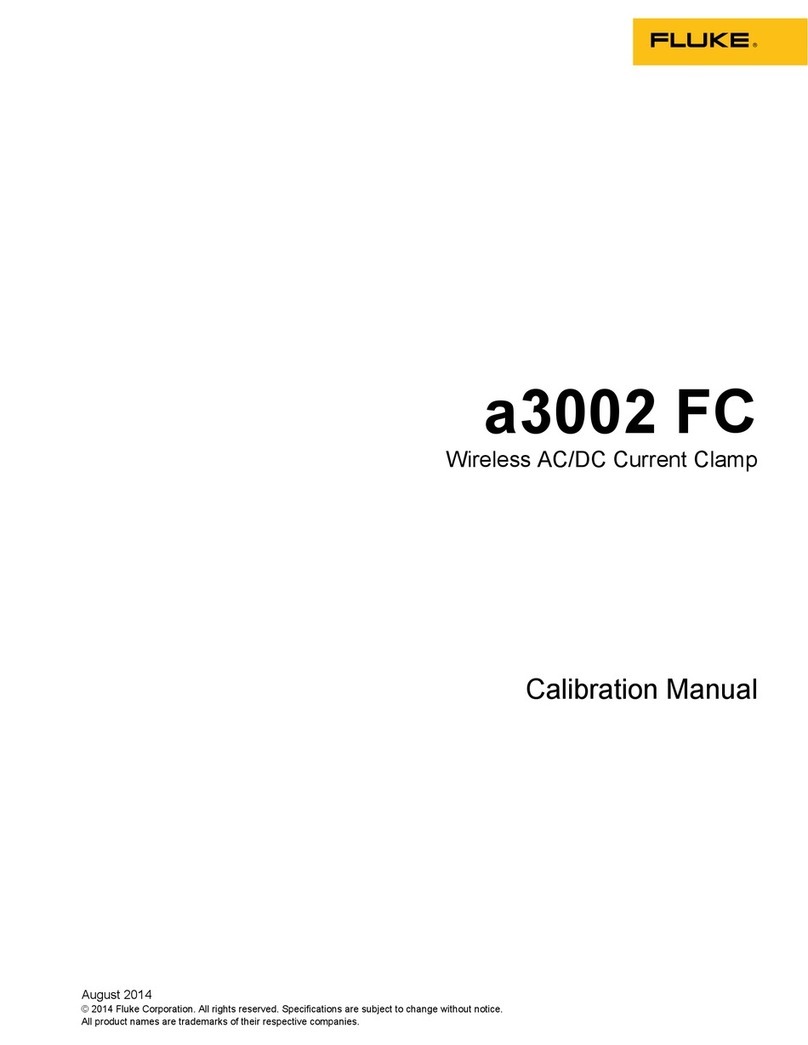
Fluke
Fluke a3002 FC Use and care manual
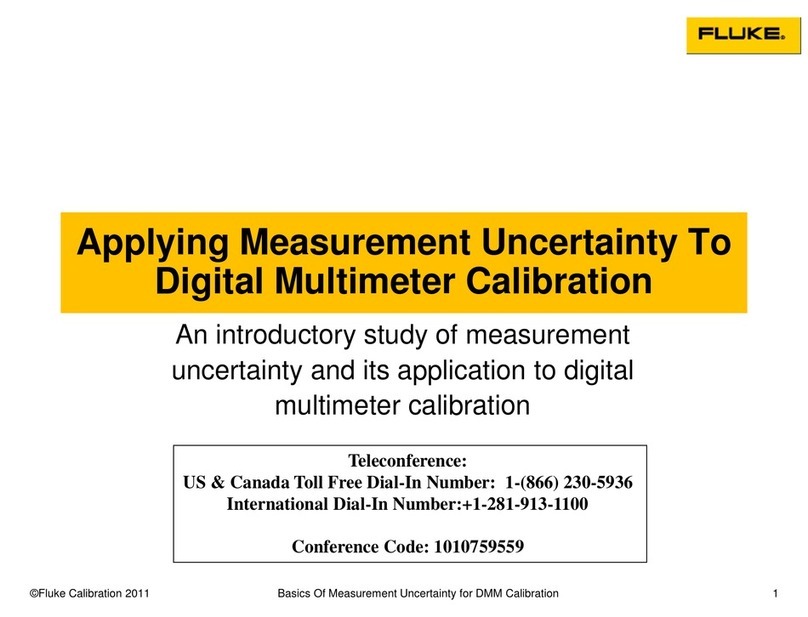
Fluke
Fluke Digital Multimeter Use and care manual
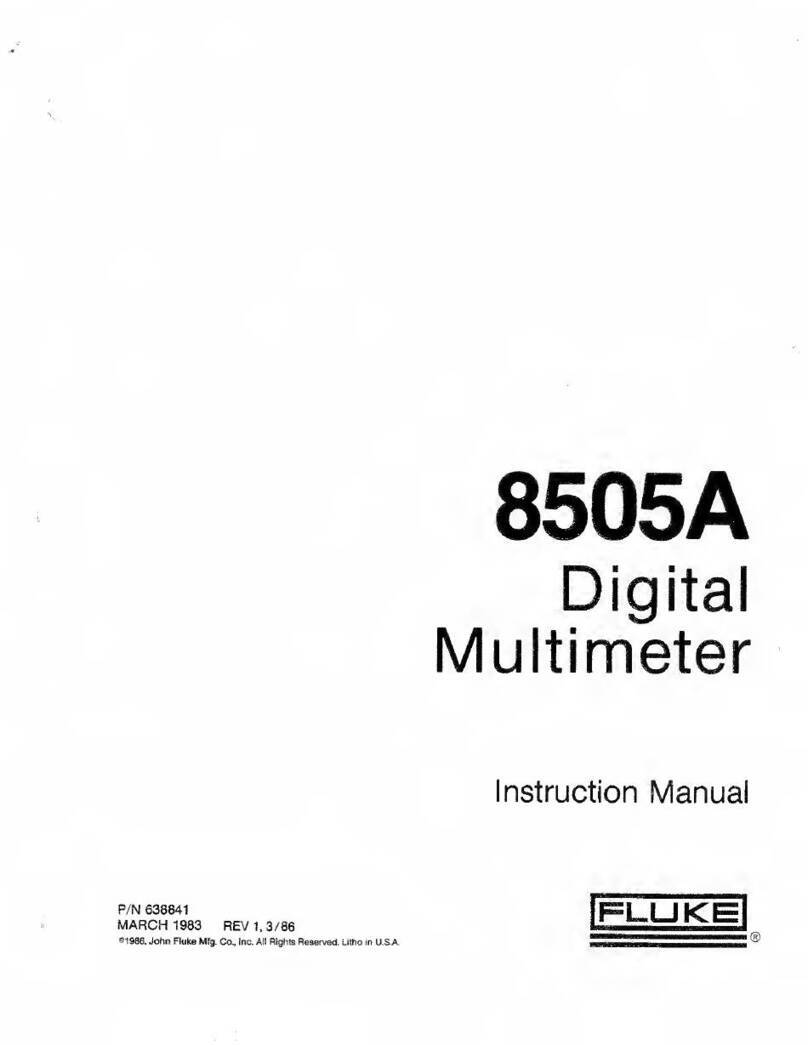
Fluke
Fluke 8505A User manual

Fluke
Fluke 106 User manual

Fluke
Fluke 80 Series III User manual
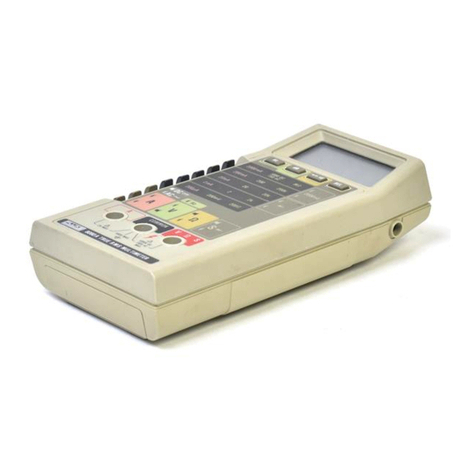
Fluke
Fluke 8060A User manual
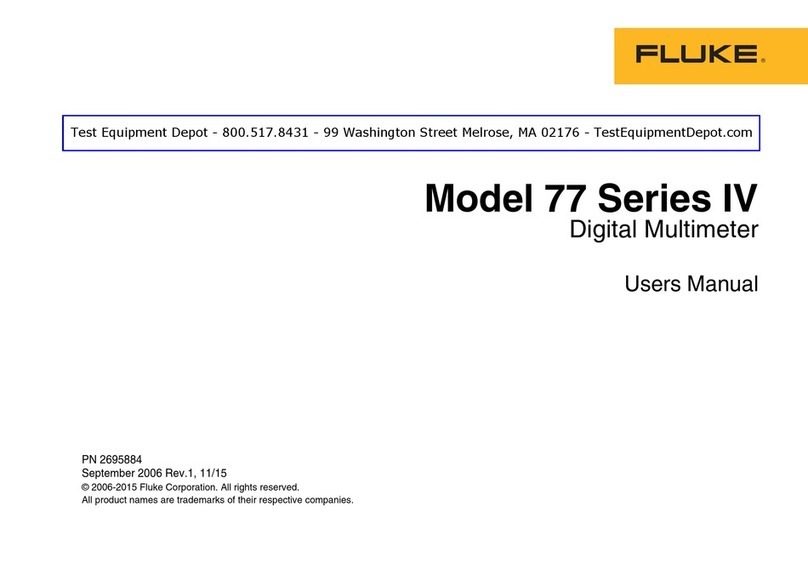
Fluke
Fluke MD73AS3 User manual
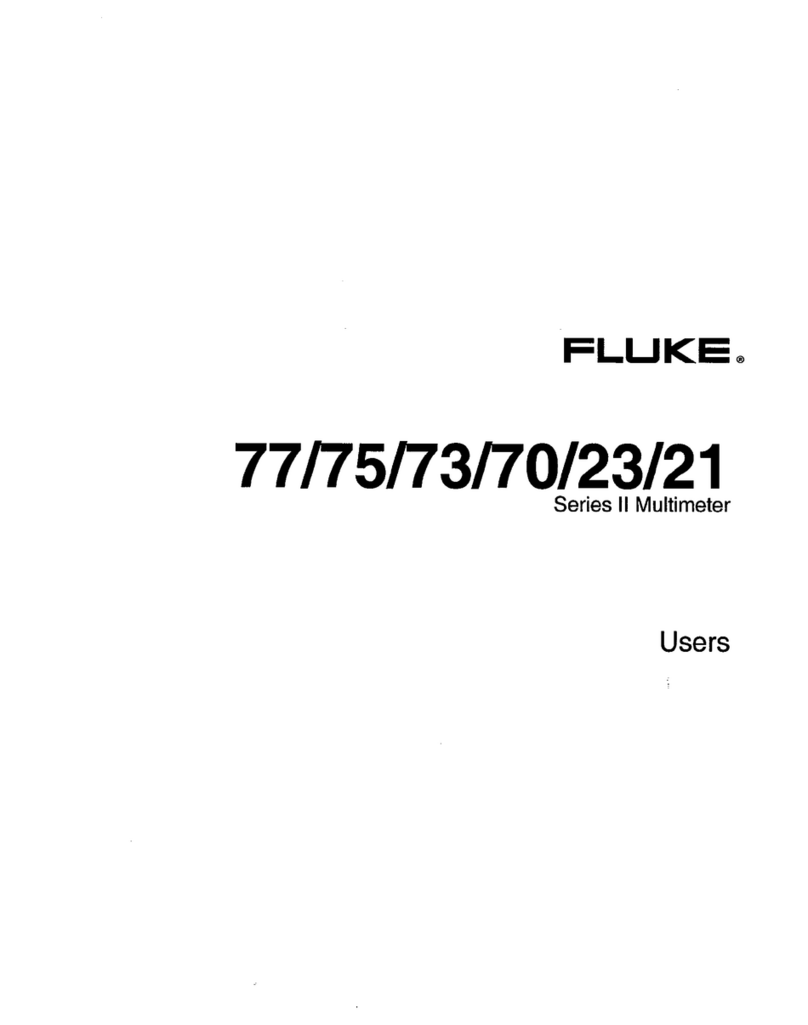
Fluke
Fluke 77 User manual
Popular Multimeter manuals by other brands

Gossen MetraWatt
Gossen MetraWatt METRAmax 6 operating instructions

PeakTech
PeakTech 4000 Procedure of calibration

YOKOGAWA
YOKOGAWA 90050B user manual

Tempo Communications
Tempo Communications MM200 instruction manual

APPA
APPA 607 user manual

Elenco Electronics
Elenco Electronics CM-1555 operating instructions



